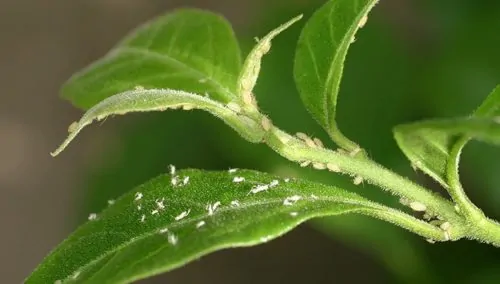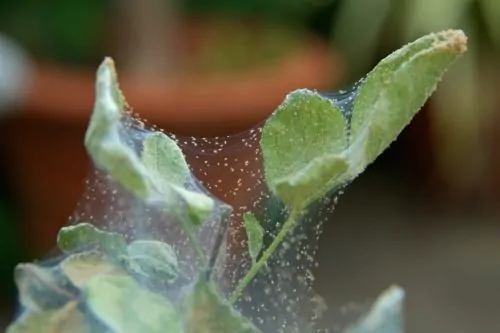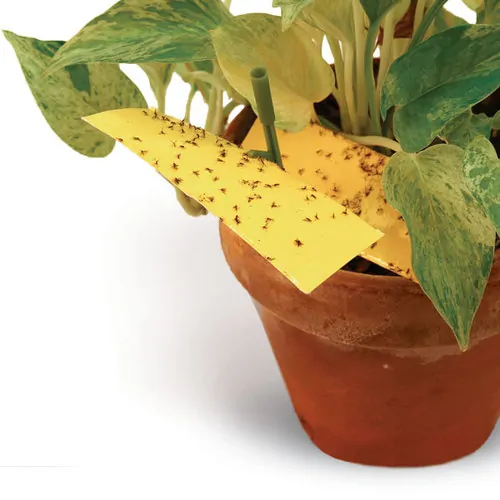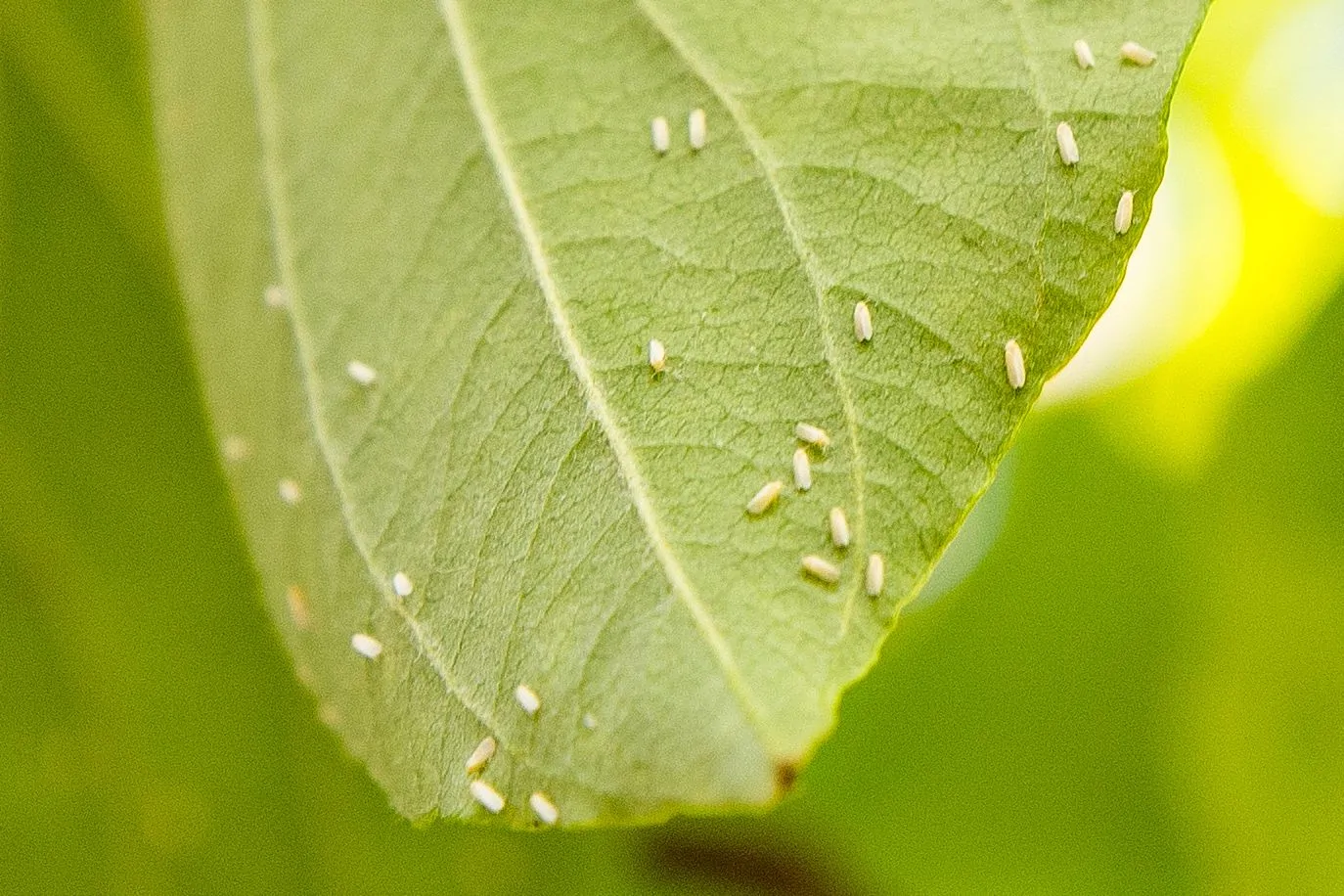The most common plant pests and how to get rid of them
When a plant looks less healthy, it is most often the result of improper care, either too much or too little water, light, heat or fertilizer. However, in many cases, it may be a pest infestation. Knowing how to identify the most common ones is the first step in getting rid of them quickly. It is equally important to check the plants daily before the infestation gets out of control.
In this article, we’ll explore the most common pests, provide tips for preventing their appearance, and share natural methods for addressing infestations if they occur.

SOME PREVENTION METHODS
#1. Provide the necessary growing conditions for the plant to thrive healthily and vigorously. Stressed plants are the most susceptible to pests and are typically the first to be affected.
#2. If you notice an infested plant, immediately isolate it from the others to prevent further infestations.
#3. Before buying or bringing a plant indoors, always check the plant and container for signs of pests.
#4. A plant that has been outside for the summer, especially in the ground, may have pests that have crawled through the drainage holes. Remove the plant from the pot and examine the soil.
#5. Check the plants weekly. Pay special attention to the underside of the leaves where pests are most often found.
THE MAIN PESTS OF INDOOR PLANTS

Aphids
Aphids typically feed on the sap from the new growth of soft plants, including tips and flowers, but they can attack any part of the plant. They are usually green but can also be black, yellow, or grey, and they often appear in small colonies. Aphids are visible to the naked eye if you look closely. They reproduce rapidly, so an infestation can quickly cover a plant within a few days. As soft-bodied insects, aphids can be removed relatively easily with a strong jet of water or repeated applications of insecticidal soap.

Mealybugs
If you notice whitish marks on the leaves, these may be indications that woolly lice are present. These lice, which look like they are made of cotton, like to attach themselves to the stem of the plant by sucking the sap. They can be removed with cotton swabs. He meticulously examines each leaf and stems. If we are talking about a major infestation, you can resort to a strong shower or denatured alcohol solution with which you wipe the plant on every leaf, branch and stem. Also, inspect the hidden places of the bark. These lice will not disappear immediately, so the procedure must be repeated whenever necessary.

Spider mites
Mites (Spider Mites) are not insects but are more closely related to spiders. These tiny pests are hard to see with the naked eye, being very small. They “wrap” the plant in a spider web-like material and stay hidden in safe places, between the stems or on the back of the leaves. They multiply very quickly, laying eggs, so in a few days, they can infest several leaves or even neighbouring plants. If infestation with these mites is suspected, isolate the plant from the other plants, and wipe the leaves and stems constantly, until they disappear.

Fungus gnats
Often these midges can be seen running or flying near or above the plant. They resemble wine flies and live on the surface of the soil in pots. They are weak fliers and are attracted to light. They are usually caused by over-watering. Moist soil is a perfect breeding ground for these tiny little flies that breed in the soil and can move to nearby plants. Place decorative pebbles or clay on the surface of the soil in the pot, and spray the surface of the pot with diluted neem oil. If that doesn’t work, the plant will need to be moved to a pot with uninfested soil.
NON-CHEMICAL METHODS OF PEST CONTROL
The first and most important step is to isolate the infested plant until the pest is completely removed. This process can take several weeks. Several natural alternatives can be used persistently or in combination to provide effective pest control.
#1. Early infestations can be controlled by hand picking the pests.
#2. Use a cotton swab dipped in alcohol to remove insects such as aphids and woolly lice.
#3. Spraying a plant with water will repel many pests. Spray all surfaces of the plant repeatedly.#4. It can be sprayed using insecticidal soap to eliminate an infestation in its early stages. Because pests can be hidden or in the egg stage, it often takes several treatments to get rid of them. Other methods are showering, soaking or soap baths.
There’s nothing more disheartening for a plant lover than seeing pests swarm around their favourite plant. If non-chemical control methods fail and you’re eager for the plant to survive, you might consider using a stronger concentrate. At Orangerie, we offer solutions for dealing with infestations. Before purchasing any pesticide, carefully read the instructions and precautions on the label, and follow them closely.
For any questions about infestations, pests, or plants in general, feel free to reach out to us online or visit us at the Orangery, located at 54 M. Kogălniceanu Street. We’re here to help!
With a love for plants,
Floral Soul

